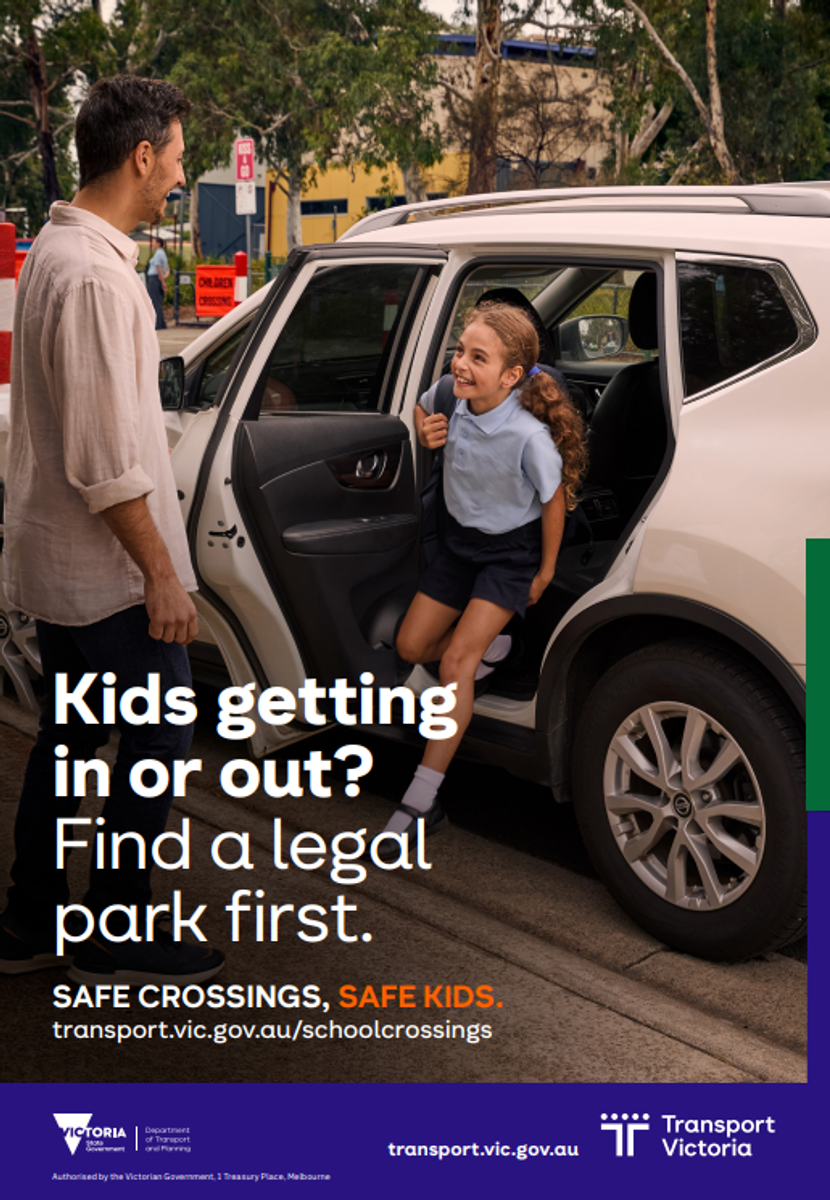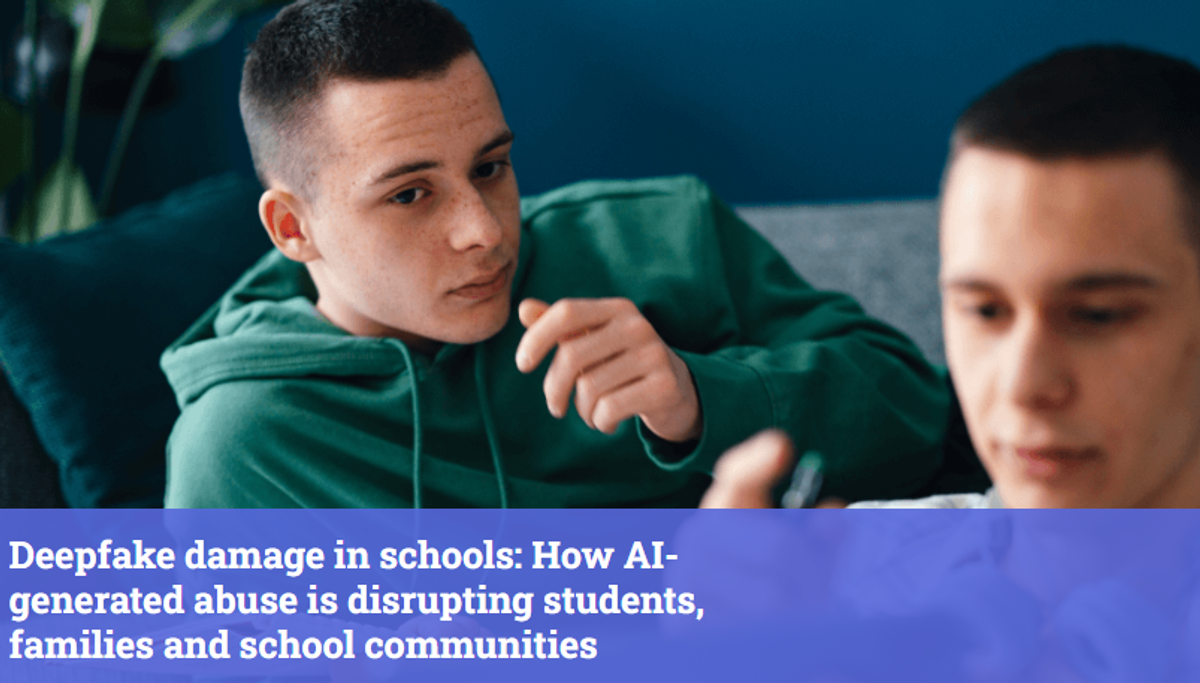Student Wellbeing

Safe Crossings, Safe Kids
As kids travel to and from school it’s important for drivers, pedestrians and cyclists to be aware and take extra care during these busy times. Following the road rules at school crossings doesn’t just keep our community safe, it is also the law.
To help keep our kids safe, it’s important for drivers to:
- Slow down around school crossings at a speed slow enough to stop safely, if necessary.
- Stop if a hand held “Stop” sign is displayed and you must give way when school crossings flags are displayed.
- Stop and wait until the school crossing is clear of all pedestrians including supervisors.
- Stop if a child or adult is about to cross or is crossing, even if there is no crossing supervisor.
- Never overtake a vehicle stopping or stopped at the crossing.
- Never let children get in or out of your vehicle when stopped waiting at a school crossing.
- Respect School Crossing Supervisors, they’re trained to support children’s safety.
Always watch out for children near schools and if you see a school crossing, use it.
At school crossings, all road users need to be alert, including pedestrians. Always look and listen for approaching traffic from each direction before crossing. Pedestrians need to be sure that drivers or riders have seen them and are stopping.
From the eSafety Commissioner: Help your child navigate cyberbullying
This week is Bullying No Way: National Week of Action (11-15 August) - an Australia-wide bullying prevention initiative for schools. Parents and carers also have an important role to play in preventing and addressing bullying. If you’re concerned your child may be experiencing bullying online, here are 7 ways to support them:
1. Reassure them that you're here for them and that you won't take away their devices.
2. Listen without judgement when they open up.
3. Collect evidence of the bullying, like screenshots and URLs.
4. Help them report it to the platform or social media site. Read The eSafety Guide for advice on how to do this on specific platforms.
5. No response? Report it to eSafety.gov.au/report.
6. Update their privacy settings across devices and accounts.
7. Encourage and help them to reach out for support.
Free webinar: Understanding AI Companions: What parents and carers need to know
AI chatbots and companions, designed to simulate personal relationships, are growing in popularity, but they pose some very serious risks – especially to children and young people.
In this 45-minute webinar, we’ll explore the basics of AI companions, their role in online interactions, and concerning behaviours to look out for. You’ll walk away with practical tools to support your child’s relationships in a digital world.
Thursday 28 August, 12:30pm to 1:15pm (AEST)
Thursday 11 September, 1:00pm to 1:45pm (AEST)
Understanding the emerging risks of deepfake technology
Deepfake technology – which lets users manipulate images and video via artificial intelligence – is no longer a future concern. It’s a current crisis affecting school communities across Australia.
In this advisory, we explain how these harms are happening, what actions schools and families can take, and where those affected can turn for help.



